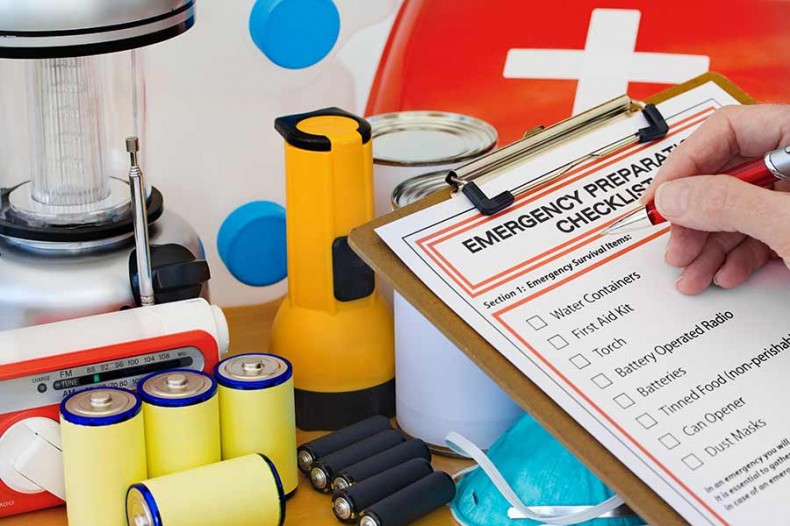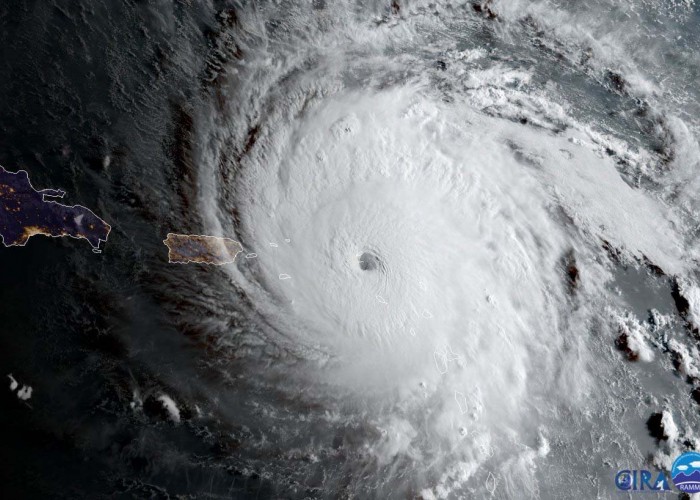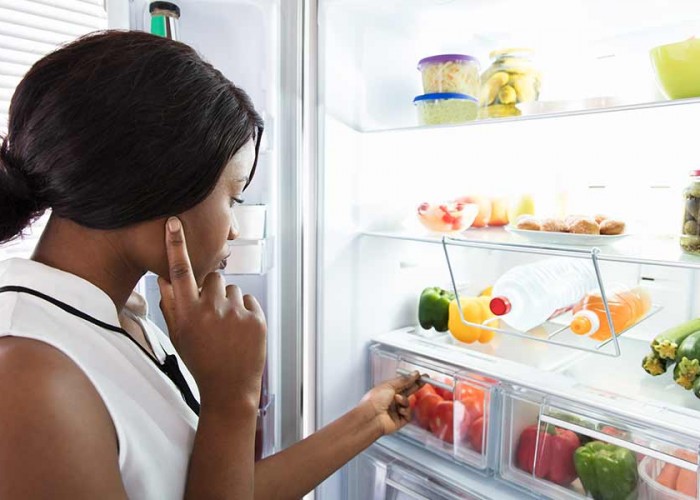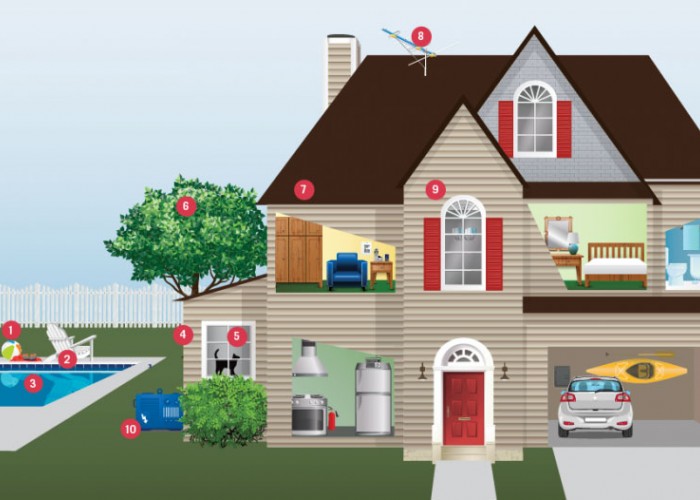Making a Disaster Supply Kit
Recommendations from the American Red Cross and the CDC

When storms are forecast, you can better prepare yourself and your family with this list, compiled from suggestions by the American Red Cross and Center for Disease Control.
Your disaster supply kit
- Emergency food & drinking water
- At least one change of clothes for every person
- Baby food, diapers & formula (if needed)
- Bar or liquid soap
- Batteries
- Bleach (without lemon or additives)
- Books, magazines, cards & games
- Butane lighters
- Cash & credit cards
- Camera
- Car keys
- Clock (non-electric)
- Cloth face coverings
- Cooler (with ice)
- Disinfecting wipes
- Duct & masking tape
- Fire extinguisher
- First-aid kit
- Flashlight
- Grill or camp stove
- Hand sanitizer
- Lantern with extra fuel (after storm has passed)
- Manual can opener
- Medicines, glasses or contact lens supplies
- Mosquito repellant
- Personal identification
- Pet food
- Phone numbers of places you could go
- Plastic trash bags
- Radio (battery-operated) or TV
- Sleeping bags, pillows & blankets
- Shampoo
- Sturdy shoes
- Toilet paper & towelettes
- Tool kit including hammer, crowbar, nails, saw, gloves, etc.
- Water purification tablets (available at drug stores)
- Recommended by the CDC to help prevent the spread of the coronavirus and other germs
More tips for making ready
- Have enough disaster supplies for 2 weeks ready
- Keep items in airtight plastic bags
- Replace stored food and water every six months
- Rethink your kit and family needs at least once a year (Replace batteries, update clothes, etc.)
- Ask your physician or pharmacist about storing prescription medications
Want to print this emergency supply list?
-
Storm Prep
-
Share this story:




